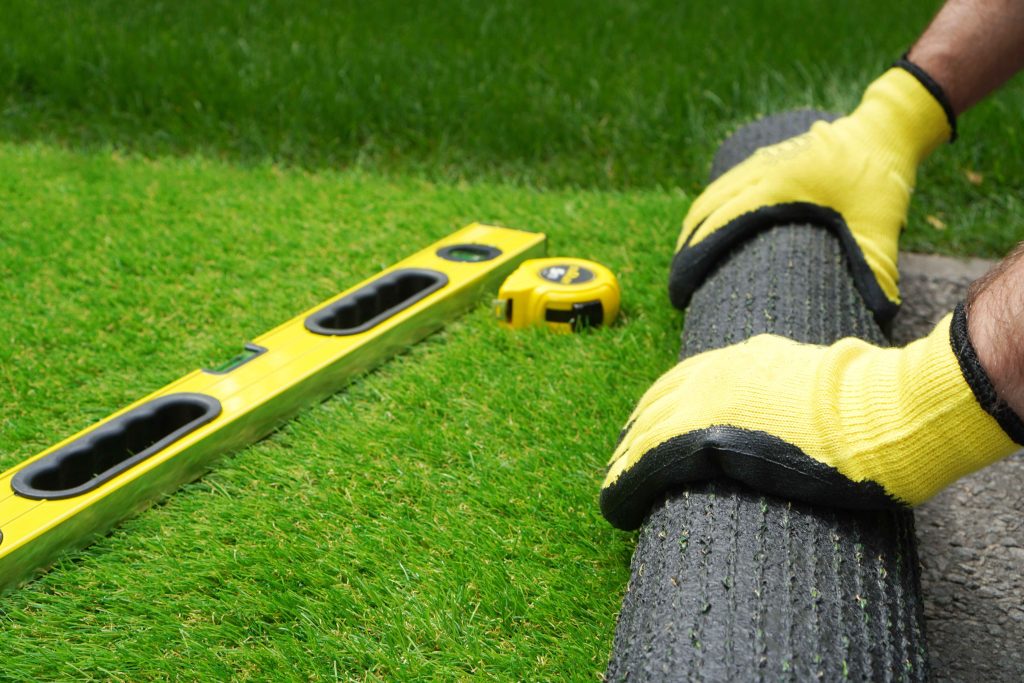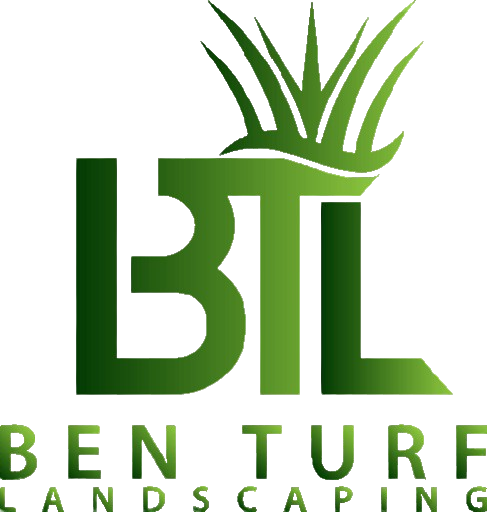
Artificial grass, a popular alternative to natural lawns, has grown significantly in popularity over recent years. From sports fields to residential lawns, it offers a versatile and low-maintenance solution. This article aims to explore the benefits, uses, and installation of artificial grass, providing detailed insights and practical information.
Whether you’re considering it for your backyard or a commercial space, this comprehensive guide will help you understand why artificial grass might be the perfect choice for you.
What is Artificial Grass?
Artificial grass, also known as synthetic turf, is a surface made from synthetic fibers designed to look like natural grass.
Originally used primarily for sports fields, advancements in technology have made it a viable option for residential and commercial landscaping. The primary appeal lies in its durability, low maintenance, and year-round green appearance.
Benefits of Artificial Grass
Low Maintenance
One of the most significant advantages of artificial grass is the reduced maintenance it requires. Unlike natural grass, synthetic turf doesn’t need mowing, watering, or fertilizing.
This not only saves time and effort but also reduces water usage, making it an environmentally friendly option. According to the Synthetic Turf Council, a typical lawn can consume up to 55 gallons of water per square foot annually, which artificial grass eliminates.
Cost-Effective Over Time
Although the initial installation cost of artificial grass can be higher than natural grass, the long-term savings are considerable. Homeowners save on water bills, lawn care products, and maintenance services. Over a span of years, these savings can add up, making artificial grass a cost-effective option.
Durability and Longevity
Artificial grass is designed to withstand heavy use and adverse weather conditions. High-quality synthetic turf can last between 10 to 20 years, depending on the usage and maintenance. This makes it an excellent choice for areas with high foot traffic, such as playgrounds and sports fields.
Versatility in Use
The versatility of artificial grass is another appealing factor. It can be used in various settings, including residential lawns, commercial landscapes, sports fields, playgrounds, and rooftop gardens.
Its adaptability allows it to be installed in areas where natural grass might struggle to grow, such as shaded or drought-prone regions.
Uses of Artificial Grass
Residential Lawns
Many homeowners are turning to artificial grass for their lawns due to its aesthetic appeal and practicality. It provides a lush, green look throughout the year without the hassle of regular maintenance. It’s also an excellent option for pet owners, as it is durable and easy to clean.
Commercial Landscaping
Businesses are increasingly using artificial grass to create attractive and low-maintenance landscapes. It can be found in hotel gardens, office courtyards, and retail spaces. Its durability and neat appearance make it an ideal choice for commercial settings.
Sports Fields
Artificial grass has been widely used in sports fields since the 1960s. It provides a consistent playing surface, reduces maintenance costs, and can withstand intensive use. Sports like soccer, football, and tennis benefit greatly from synthetic turf.
Playgrounds
Safety is a top priority in playgrounds, and artificial grass offers a soft, cushioned surface that reduces the risk of injuries from falls.
It’s also durable and can handle the wear and tear from children’s activities, making it a popular choice for school and community playgrounds.
Installation of Artificial Grass
Preparation
The installation process begins with the preparation of the site. This involves removing any existing grass or debris and ensuring the ground is level. A weed barrier is often installed to prevent weed growth beneath the synthetic turf.
Base Layer
A base layer, typically made of crushed stone or gravel, is laid to provide a stable foundation. This layer is compacted to create a smooth and even surface. Proper drainage is essential to prevent water accumulation, so the base layer is designed to allow water to flow through easily.
Laying the Turf
The artificial grass is then rolled out over the prepared base. It is cut to fit the area and secured in place using stakes or adhesive. Seams between rolls of turf are glued together to create a seamless look. The edges are carefully trimmed to fit around any obstacles, such as trees or pathways.
Infill and Brushing
Infill material, such as sand or rubber granules, is spread over the turf to help the fibers stand upright and provide cushioning. The turf is then brushed to distribute the infill evenly and enhance its appearance. This step also helps to prevent the turf from shifting.
Conclusion
Artificial grass offers numerous benefits, from low maintenance to durability and versatility. Whether used in residential lawns, commercial spaces, or sports fields, it provides a practical and aesthetically pleasing solution.
With proper installation and minimal upkeep, synthetic turf can remain beautiful and functional for many years.
If you’re considering making the switch, take a closer look at what artificial grass can offer you. From saving time and money to creating a lush, green space in challenging environments, the advantages are clear. Why not explore this innovative landscaping option for your home or business?
Discover more about artificial grass and how it can transform your space by visiting Ben Turf. Understand the true benefits and see how easy it is to maintain a perfect lawn all year round.

